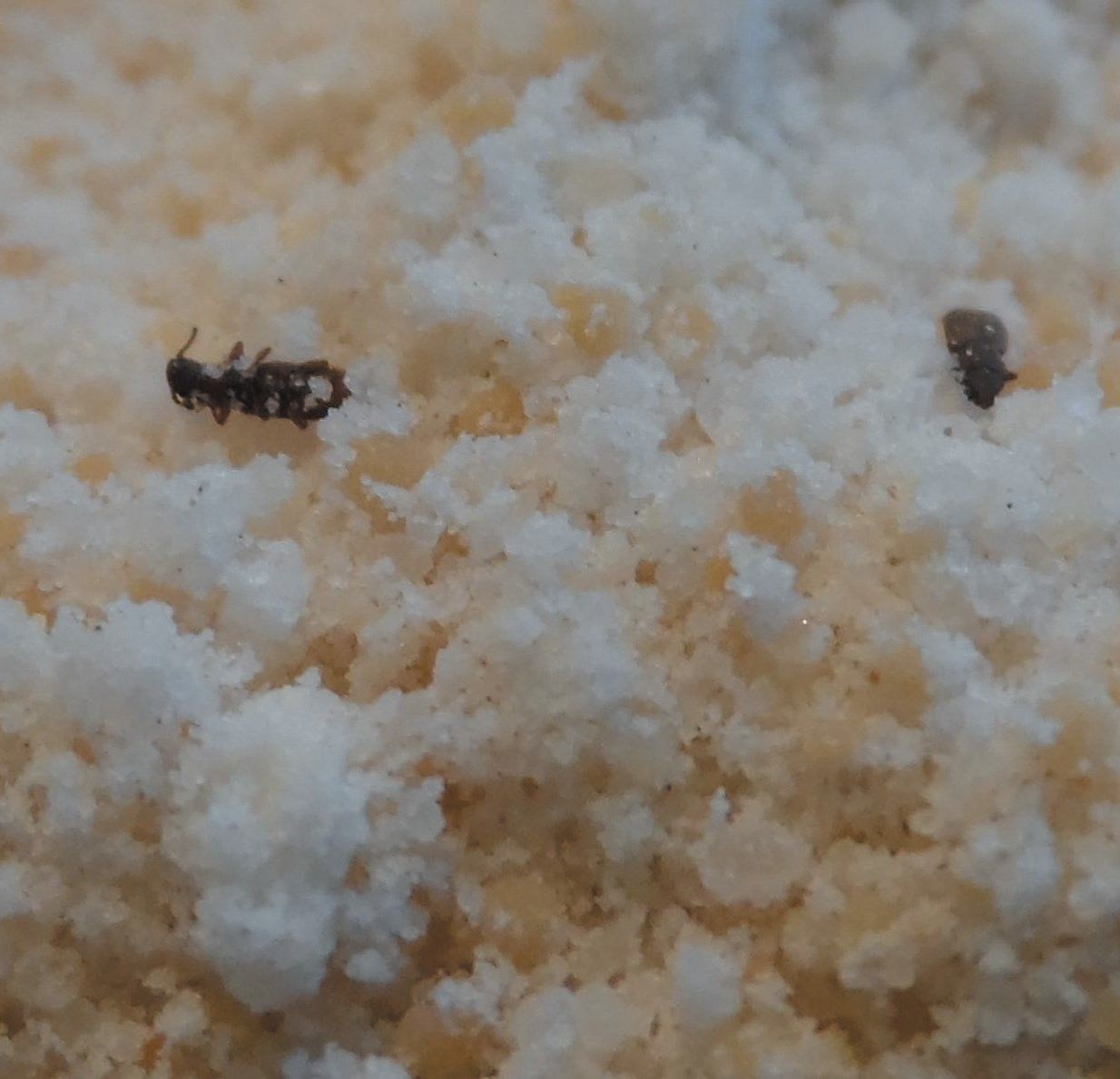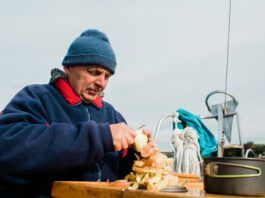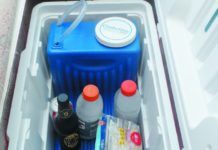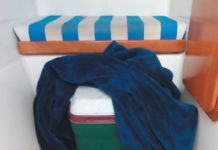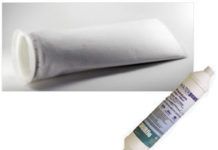Three-Model BBQ Test
We fired up gas models from five makers. The Force 10 is our overall winner, and Magma edges Si-Port II in a clash of kettles.
Preparing Yourself for Solo Sailing
Last week, I covered some of the things I suggest you need to think through on the boat before heading out solo. Now, what...
Synthetic Ice Test
In Making Ice Last (PS August 2018) we explored cube ice, block ice, dry ice and frozen bottles. Of course, many of the cooler manufactures sell reusable icepacks, touting convenience, decreased mess, and in some cases, lower temperatures. Most are not much use on multi-day trips, since they can't be re-frozen underway, but perhaps they are just the thing for the one- to three-day trips that make up our weekender reality, at least most of the year.
Sailing Gifts for 2018
No one really wants just practical gifts, so weve tried to locate a few items that go beyond pure utility for this holiday season.
Making Ice Last
Does block or bottled ice last longer than cube ice? What about dry ice? Will wrapping a blanket around the ice chest really help? What about moving the ice into a smaller cooler?
Onboard Fire Fighting
When a fire strikes at sea, you need to respond quickly, aggressively, and with a cool head, and you will not give up easily. At some point it is going to be prudent to leave the boat; serious burns will make survival in a raft difficult and gasoline and propane can explode. If the fire is well developed or started with an explosion, there may be time only for a quick Mayday call and to abandon ship.
Slow(er) Cooking On Board
Staples of the modern home kitchen, Crock-Pots and rice cookers are time-savers, enabling chefs to prepare long-cooking meals without tending the stove for hours. But theres another way to slow-cook foods, one thats easily portable and doesn't require a constant electrical source: retained-heat cooking.
Lessons Learned: Onboard Thermal Cooking
There is a learning curve when using retained-heat cooking. Here are a few of the lessons we learned during testing.
Water Tank Filters
You would think that with all the emphasis cruising sailors put on their boats and equipment, we would pay a little more attention to ensuring a clean and safe supply of water. This is less a concern in developed countries, where dockside water is safely treated or bottled water is affordable and readily available. However, once you begin to expand your horizons, ensuring a clean water supply requires more thought and effort. This is the first report in a three-part series on equipment and practices that no matter where you and your boat are, you can be reasonably sure that your on-board water supply is safe.
Types of Filter Media
Water filtration isn't rocket science, but some filter media is better suited for the marine environment than others. And, as we found in our test, some cartridge designs are better than others. Here are the most common types.
































